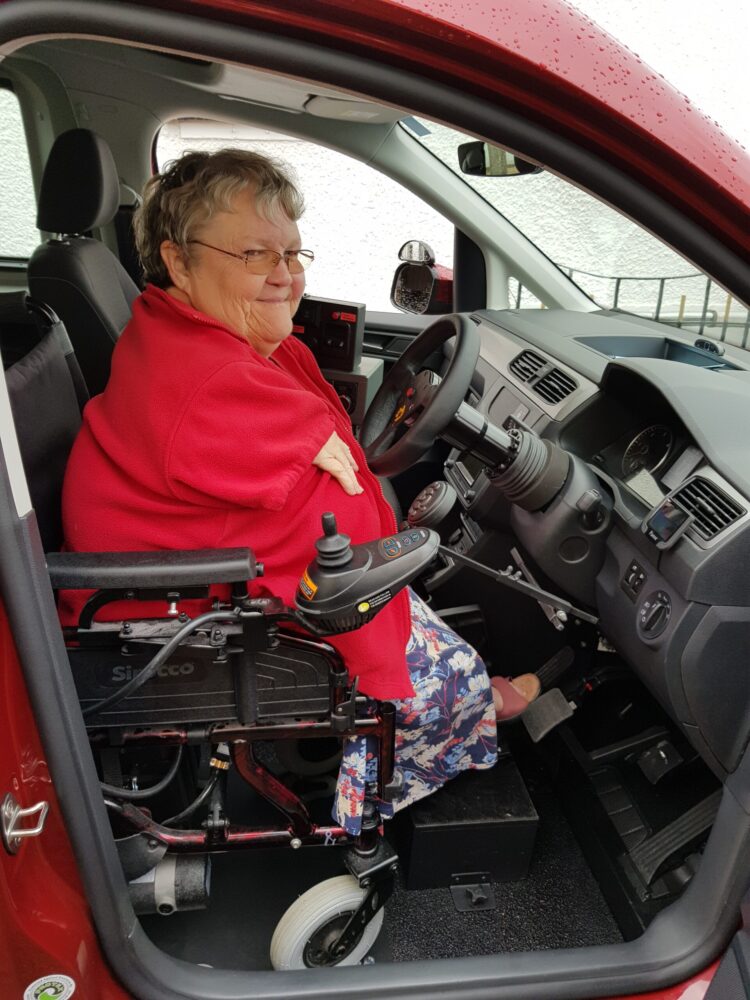
There are many vehicle adaptations available to meet the needs of people with disabilities.
It is important to consider the style and size of a potential vehicle to ensure that simple solutions have not been ruled out. For example, someone who fatigues easily may benefit from an automatic transmission vehicle to remove some of the effort required to drive. When choosing a vehicle optimising the height of the driver’s seat and considering the width of doors to maximise space available for getting in and out may be sufficient to meet a client’s needs. Small aids such as the Handy Bar may help to support a driver or passenger who has difficulty with sit to stand to transfer in and out of the vehicle safely.
More specialist adaptations are available to support people with disabilities to learn, continue or return to driving. Types of adaptations can include:
- Accessing the vehicle including driving the vehicle from an electric wheelchair, swivel seats, extended seat runners and person hoists
- Wheelchair/scooter stowage including wheelchair hoists
- Hand controls for braking and accelerating
- Alternative steering options including one-handed steering
Our specialist Mobility Centres offer comprehensive assessments to identify which style of vehicle and type of adaptations would best meet a client’s needs. Many Centres will have equipment and adaptations on vehicles to try during the assessment which may include taking a vehicle on and/or off-road for a realistic experience.
Referral forms, further information and advice are available from local specialist centres.
Further information about support with funding vehicles for people with disabilities is available at Charitable Grants | Motability
Help and Support
For further information on nationwide support for healthcare professionals, please contact Driving Mobility
